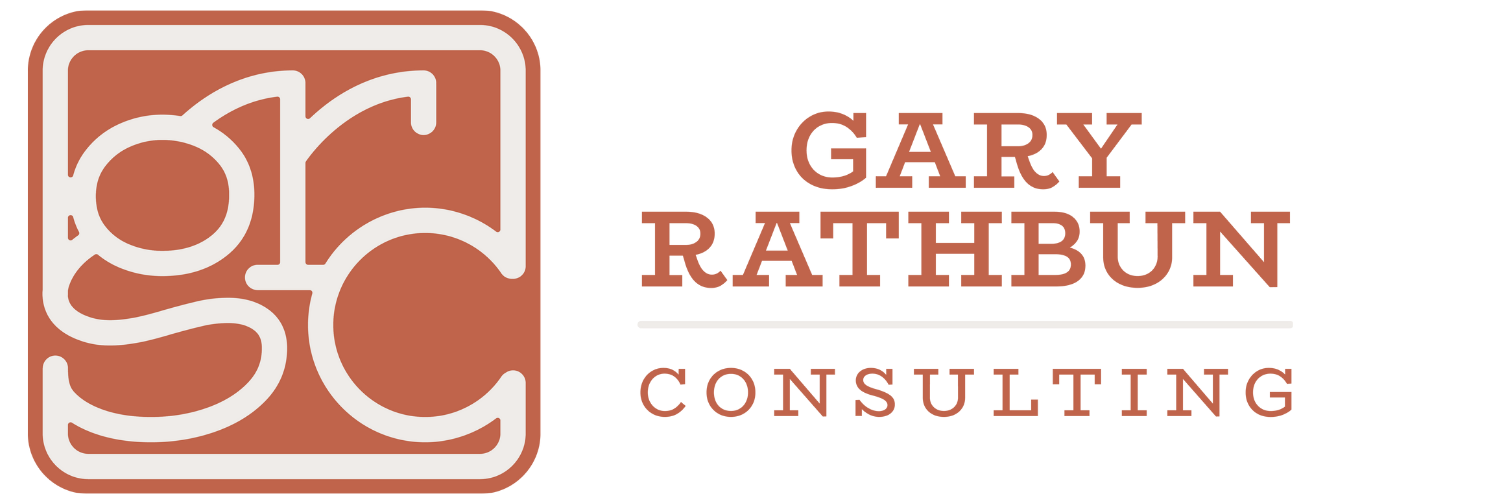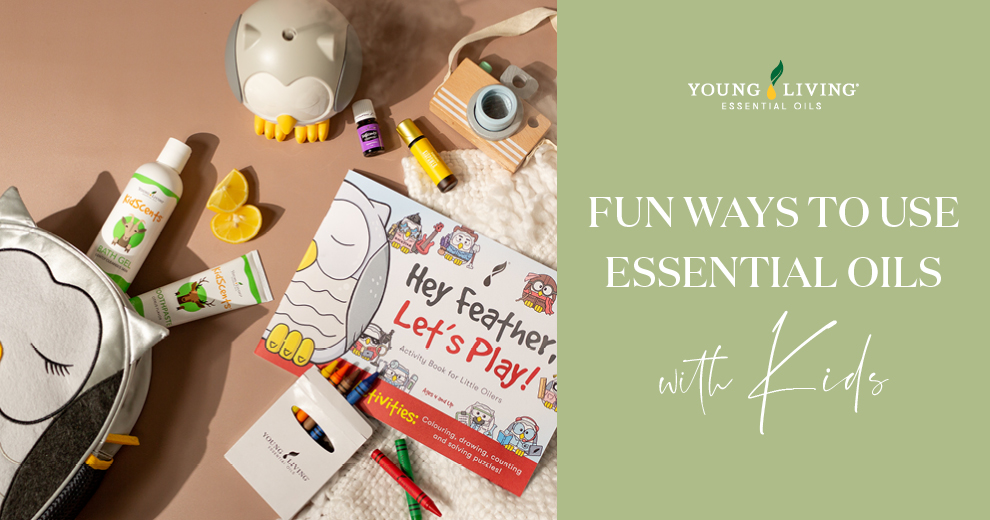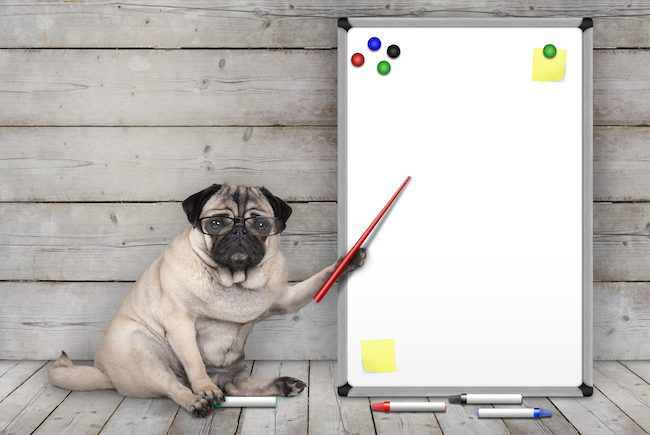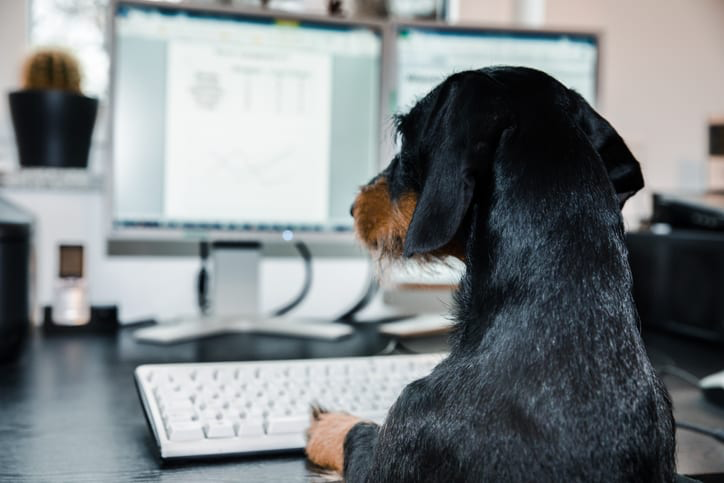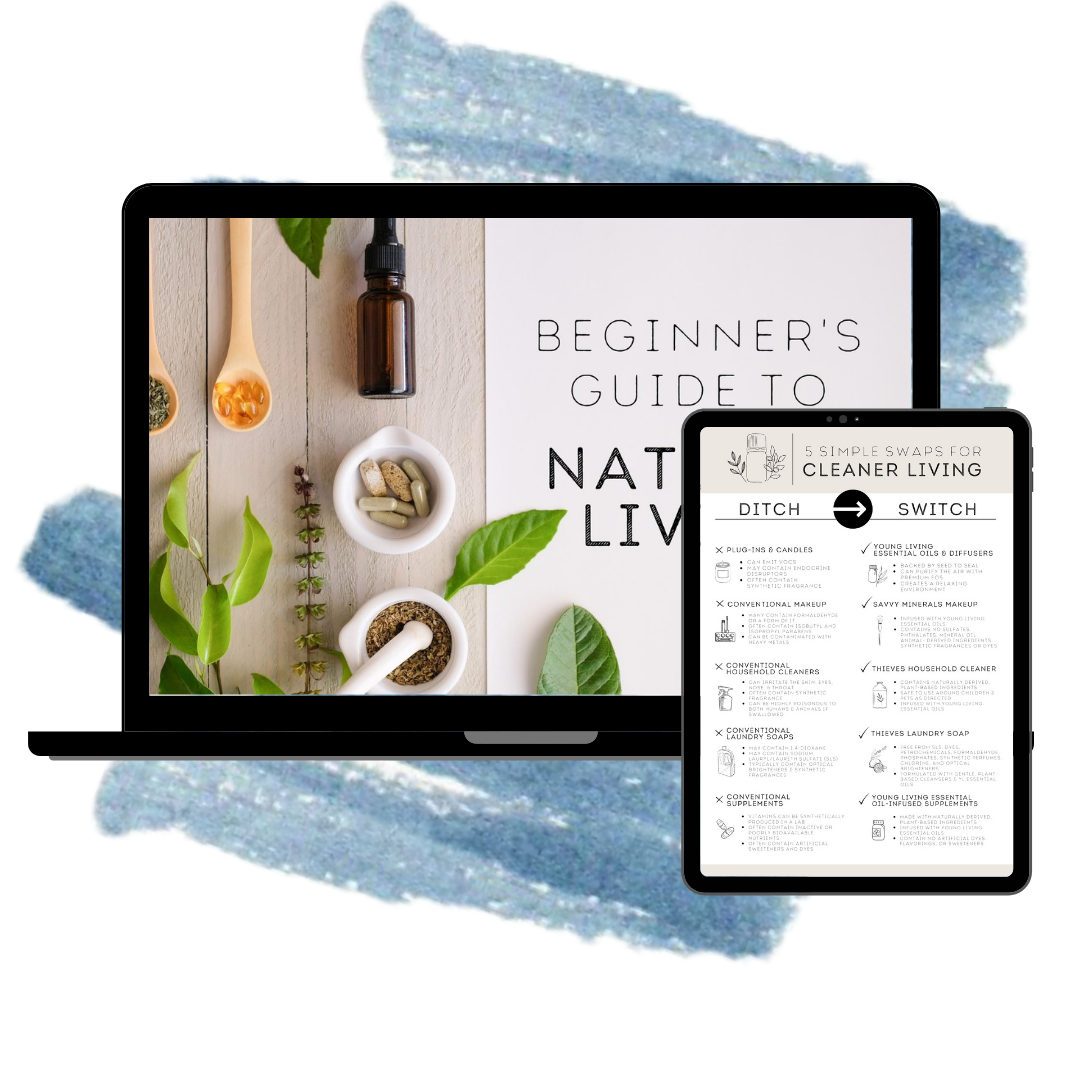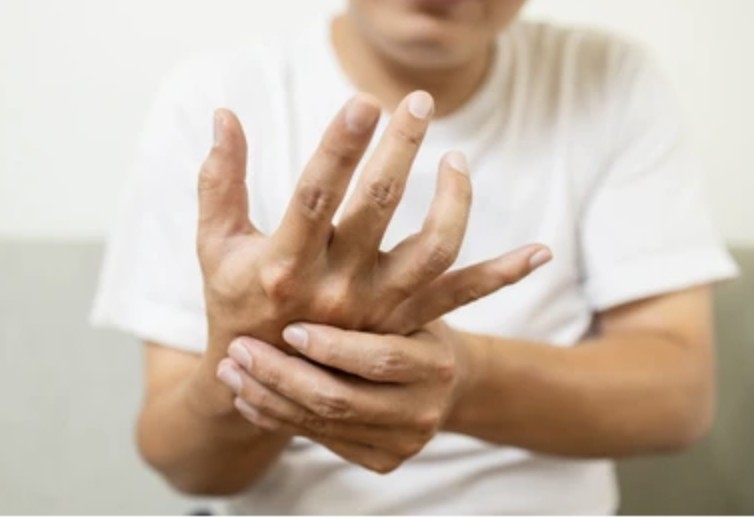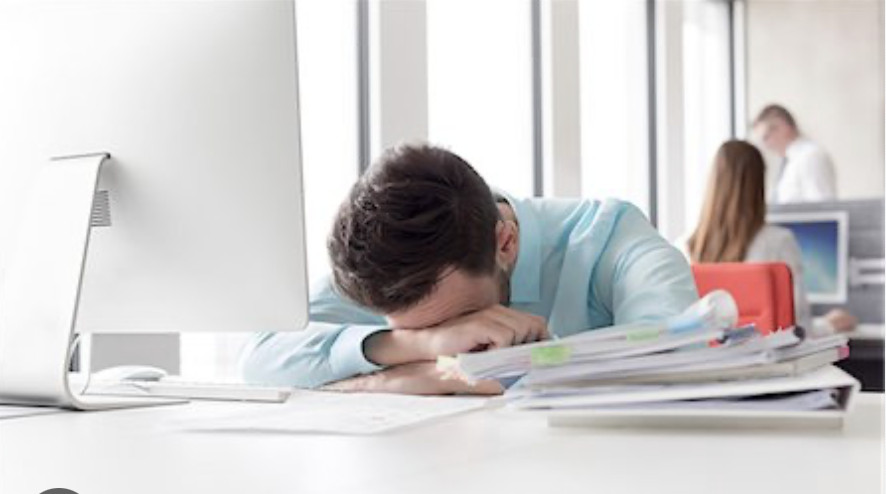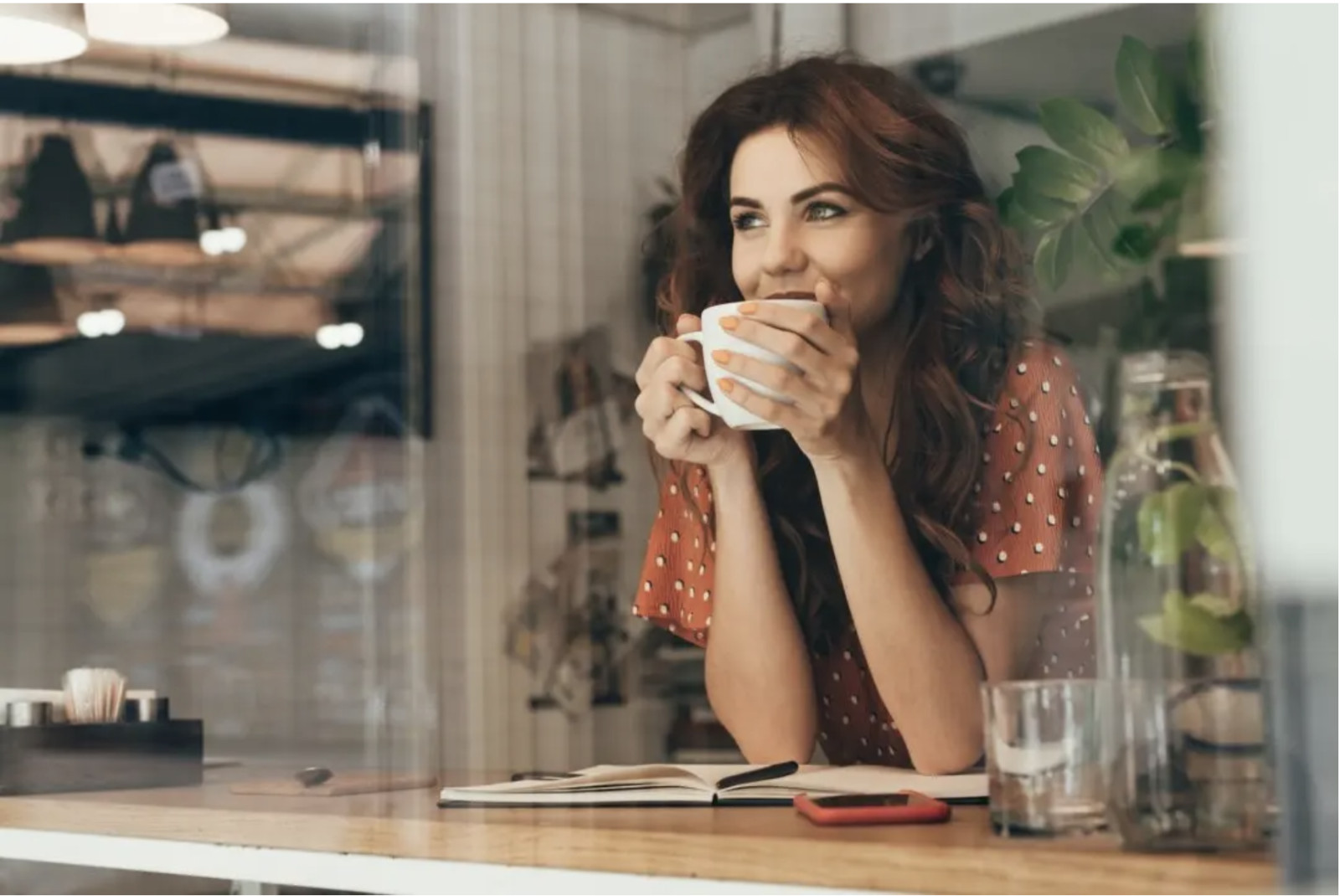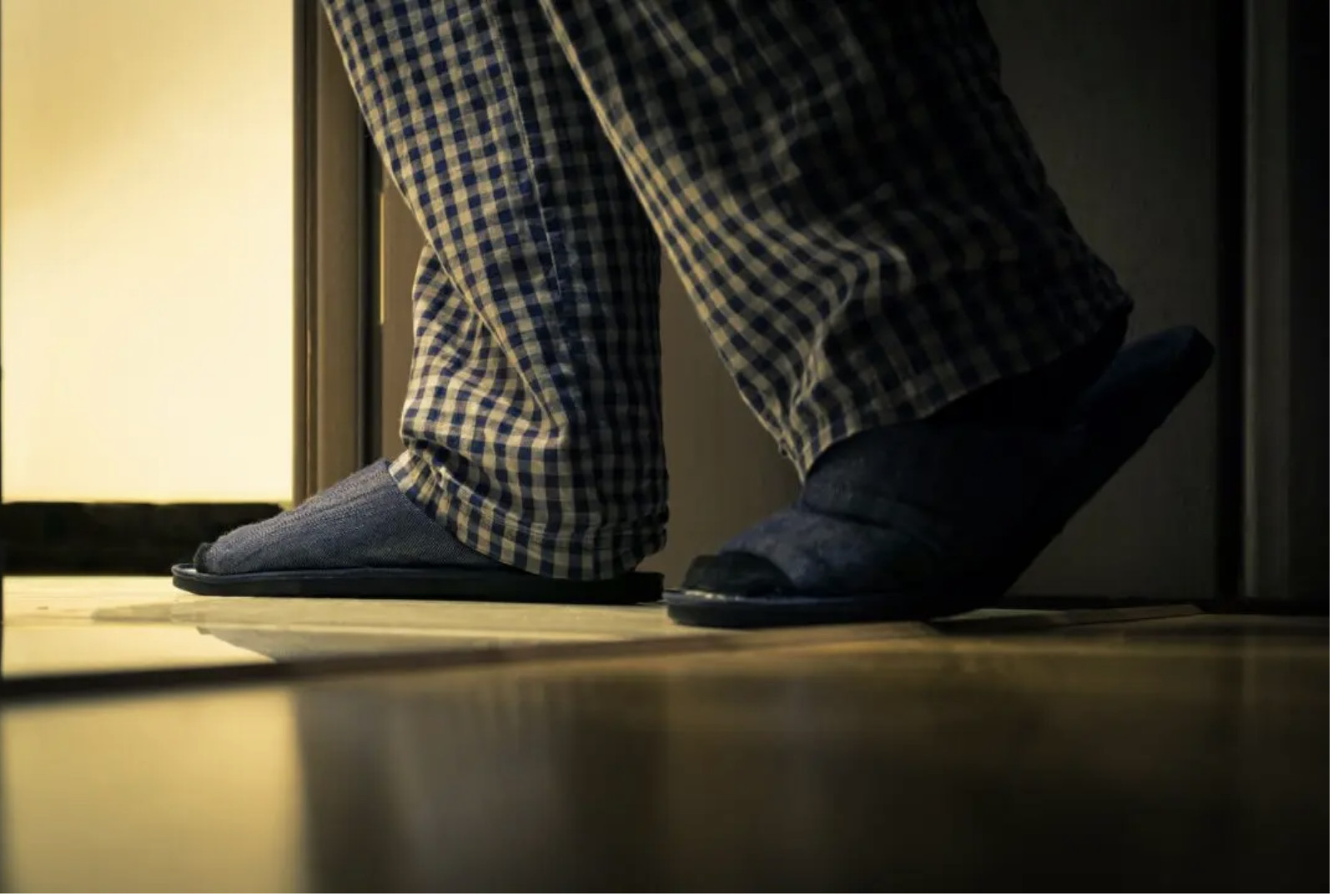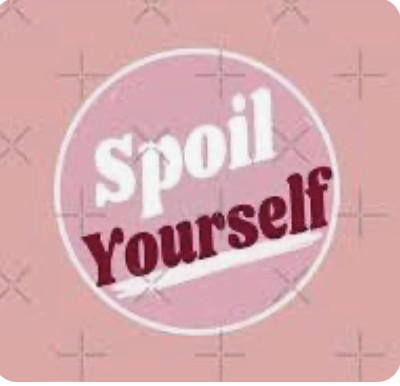Fun Ways to Use Essential Oils with Kids
Kids love essential oils! Maybe it’s the cute bottles or perhaps it’s the whole new world of aromas to explore. No matter the reason, the littlest members of the family always pop up when it’s time to fill the diffuser.
Essential oils can be so versatile so why not let your kids join in and get creative? Here are just a few fun ways to use essential oils with kids!
1. Slime
We promise the next time your child yells ‘I want to play with slime’ you’ll be just as excited as they are! Plus, adding essential oils is an easy way to introduce your little ones to aromatherapy. Win-win!
Ingredients:
- 1/2 cup non-toxic white glue
- 1/2 teaspoon baking soda
- 1–2 tablespoons multipurpose sterile solution (contact solution)
- 6-8 drops Kidscents® GeneYus™ essential oil blend
- Natural food colouring
Instructions:
- Add glue to a bowl.
- Add natural food colouring of choice.
- Mix in baking soda until smooth.
- Add 1 tablespoon contact solution and mix slowly – the glue mixture will start to become stringy as it hardens to form a ball.
- Pick up the mixture and knead with your hands until it becomes smooth. If it remains too slimy and won’t come together, add ½ tablespoon of contact solution at a time until it is smooth.
- Add essential oil and mix until combined.
- Get playing! Set out placemats to keep things from getting too messy.
2. Play Dough
Kids ready for the next activity? We’ve got you covered; play dough is another great way to get creative while using essential oils.
Here is what you’ll need!
Ingredients:
- 2 cups plain flour
- 1 cup salt
- 2 teaspoons cream of tartar
- 1 tablespoon oil
- 2 cups cold water
- 2-4 drops KidCare™ essential oil blend
- Food colouring
Directions:
- Mix flour, salt, cream of tartar, oil and water in a medium saucepan.
- Stir over medium heat for about 5 minutes until play dough has reached the right consistency.
- Let cool, then knead in essential oils and food colouring until it is distributed evenly.
- Store in container.
3. Bath Time
Want to take bath time to the next level? Try this low-toxin DIY to create a foamy, fluffy bath! The best part? This kid-friendly bubble bath is also parent-approved, so you can treat yourself to some bath time bubbles as well!
Ingredients:
- ½ cup Kidscents® Bath Gel
- ¾ cup water
- ¼ cup vegetable glycerin
- ¼ teaspoon sea salt
- Large container
Instructions:
- Pour all ingredients into a container and close lid.
- Shake well to thoroughly blend.
- Add one half of the container to warm bathwater.
4. Diffuse
At any time of the day, you can have a bit of fun by popping on your child’s diffuser!
Each essential oil blend can be SO different from the other; you can make the aroma sweet, spicy or even soothing – the possibilities are endless! They’ll have a hoot with Feather the Owl, a cute kids ultrasonic diffuser
Plus, they’ll have a blast helping you create new blends and giving them fun names.
Here are a few blends to try!
Schools Out Blend
- 5 drops Bergamot essential oil
- 3 drops Lavender essential oil
- 2 drops Stress Away essential oil blend
Playtime Blend
- 3 drops Grapefruit essential oil
- 3 drops Lemon essential oil
- 3 drops Bergamot essential oil
- 1 drop Cedarwood essential oil

5. On-The-Go
Want to help inspire positivity wherever your child may be?
Kidscents® KidPower™ Roll-On is a unique, everyday blend formulated to help inspire feelings of confidence, courage, and positivity at home, at school or on the playground.
This is a kid-friendly formula so they can apply on-the-go and on their own!
6. Sleep Time
Who said bedtime can’t be fun? Help your child settle in and sleep tight with the power of essential oils.
Simply diffuse or massaging Sleepyize™ essential oil blend directly before a nap or bedtime. Carefully blended with a variety of soothing oils, this peaceful aroma promotes an atmosphere conducive to a calm, restful sleep. Yes, please!
7. Instant Lemonade
Do your kids have a massive, sweet tooth? You’re not alone! Why not switch out the fizzy drink and try this DIY Lemonade recipe they’re sure to enjoy. Plus, you can get them involved in making it.
Ingredients:
- 1-2 drops Lemon essential oil
- 1 tsp raw honey
- 1 cup soda water
- Glass
Simply add all ingredients to a tall glass, stir together and voila!
8. Monster Spray
Bedtime can be a struggle for everyone! Whether it’s monsters in the closet or under the bed, reach for this DIY monster spray and you’ll have them ready for sleep in no time. Plus, it will have your child’s room smelling amazing – you’re welcome!
What you need:
- Glass spray bottle
- 6 tablespoons water
- 2 tablespoons witch hazel
- 10 drops Sleepyize™ essential oil blend
Add all ingredients into a glass spray bottle, mix and sprits to keep those monsters at bay!
There you have it – 8 fun ways to use essential oils with kids!
Looking to try some of these creative activities? Check out our KidPower™ Collection!
This collection has been carefully created with your little ones in mind, featuring pure essential oils to encourage feelings of positivity wherever your child may be whether it’s at home, school or even on the playground.
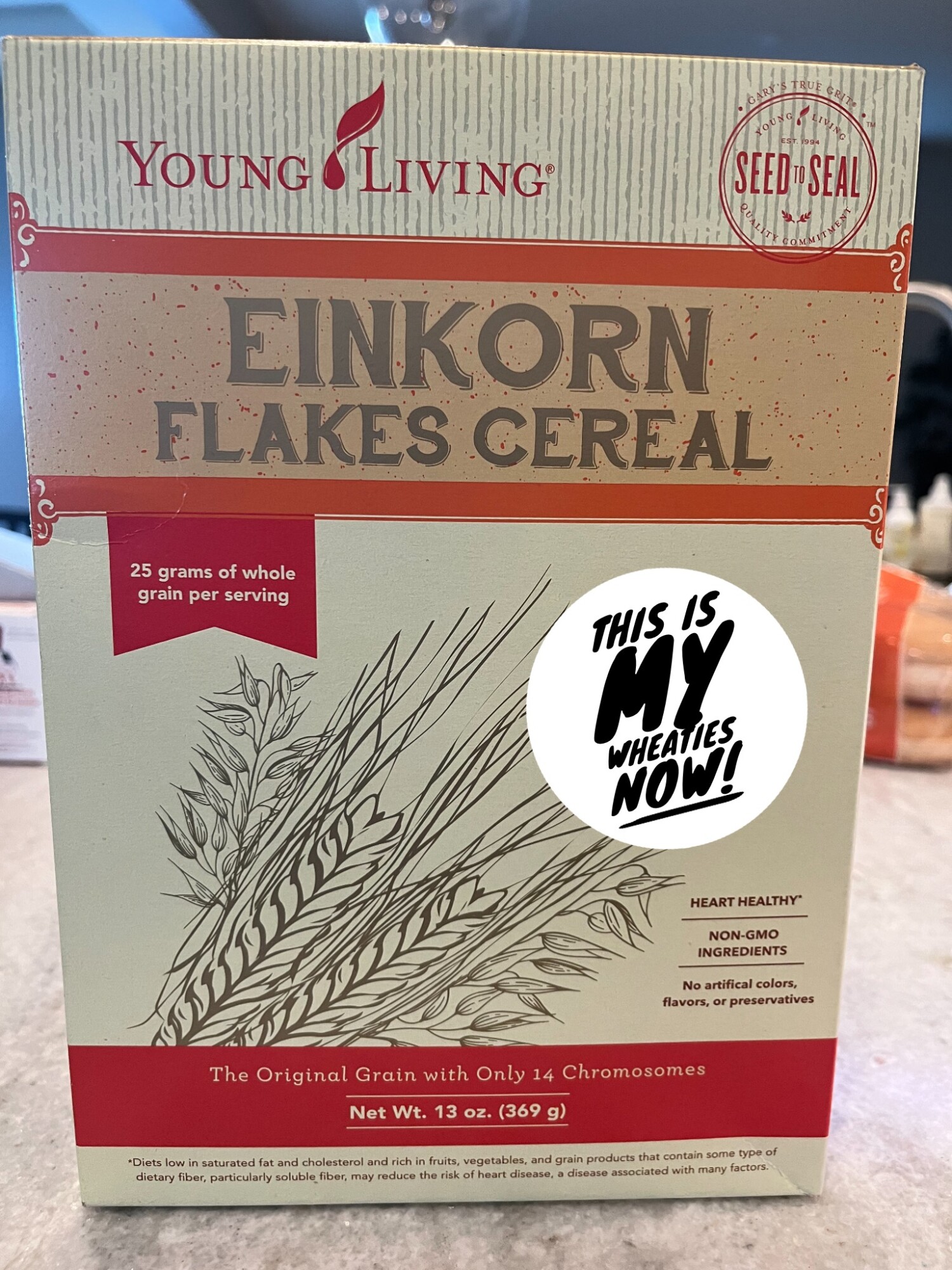
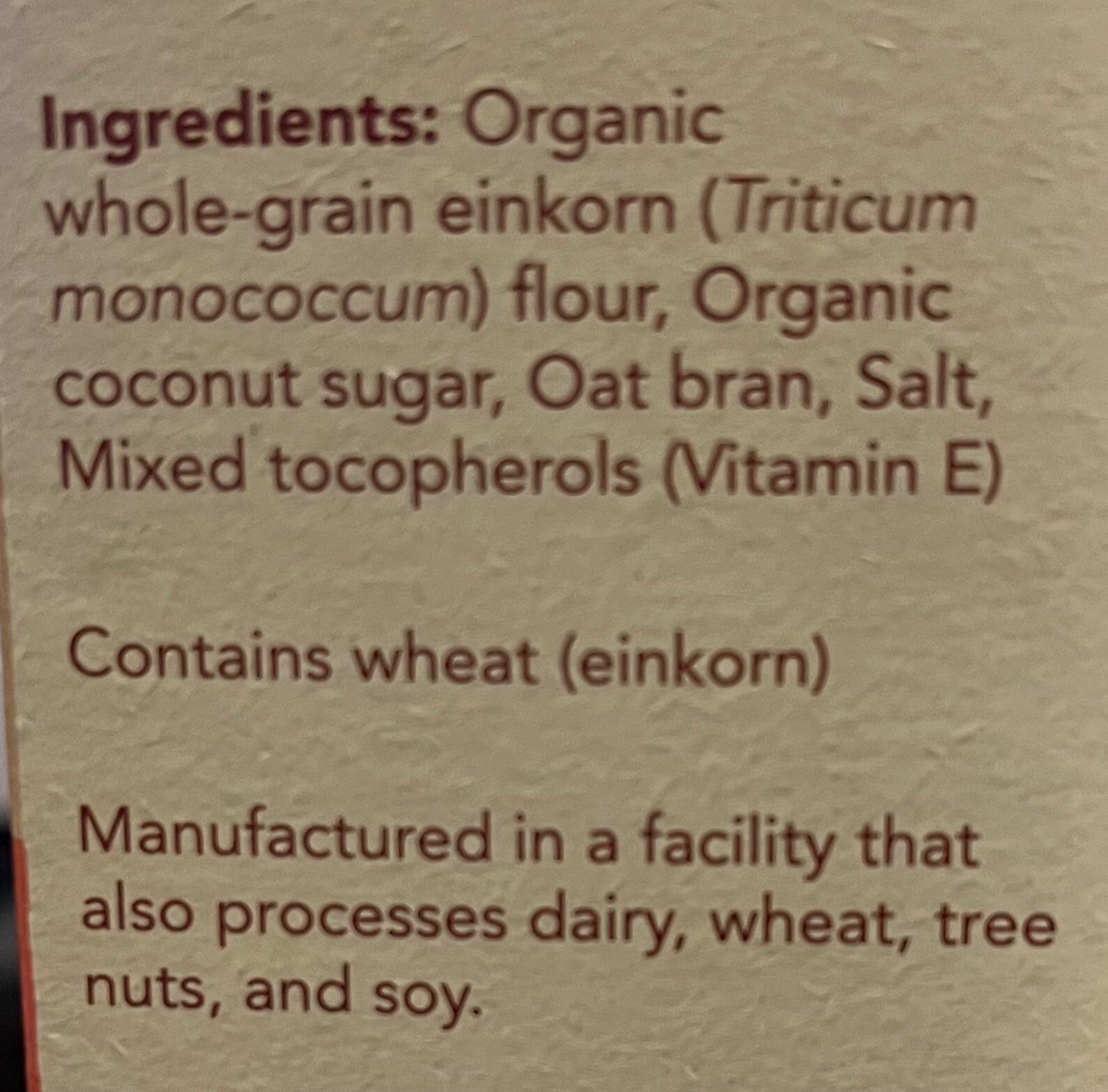
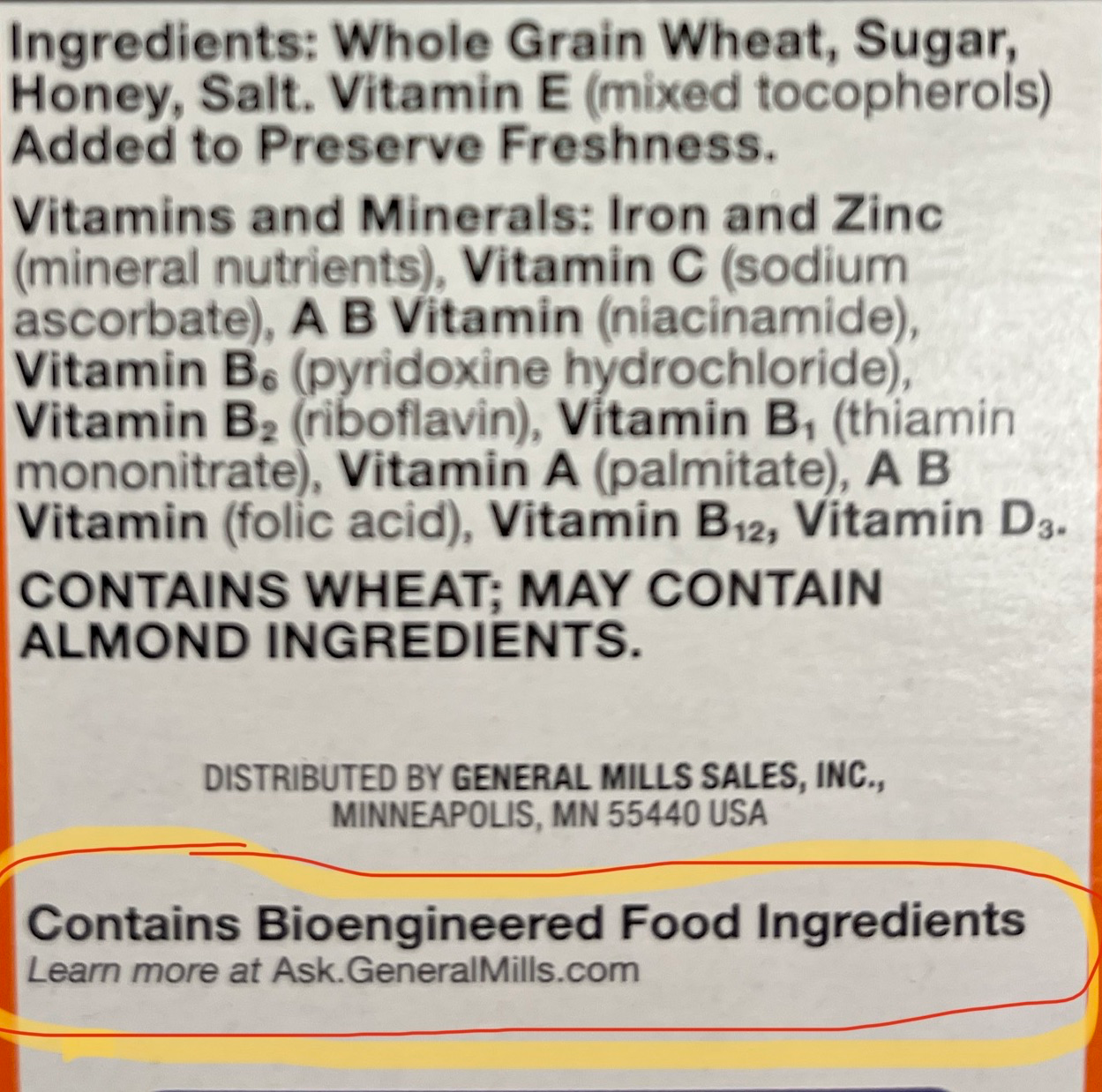
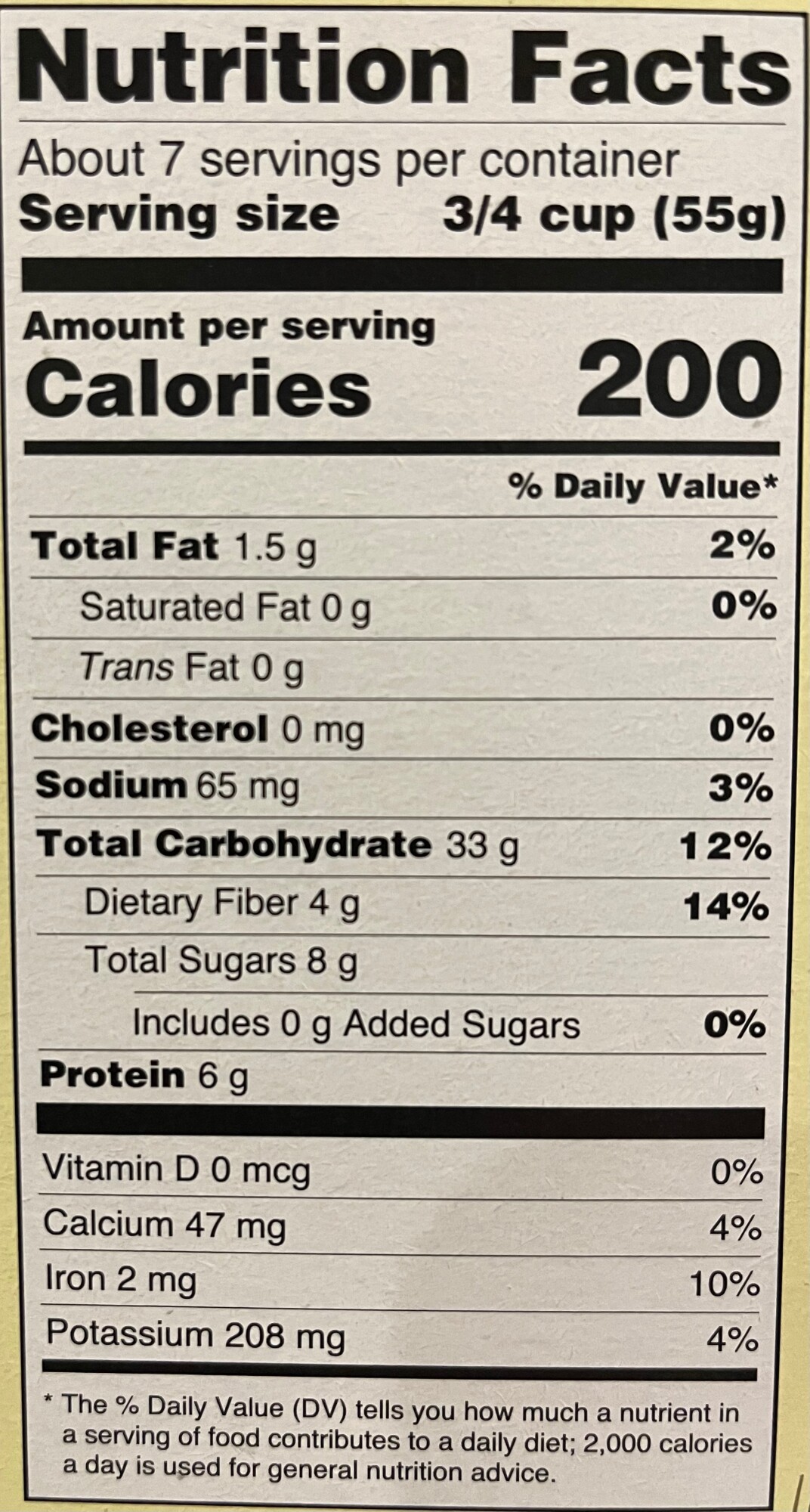
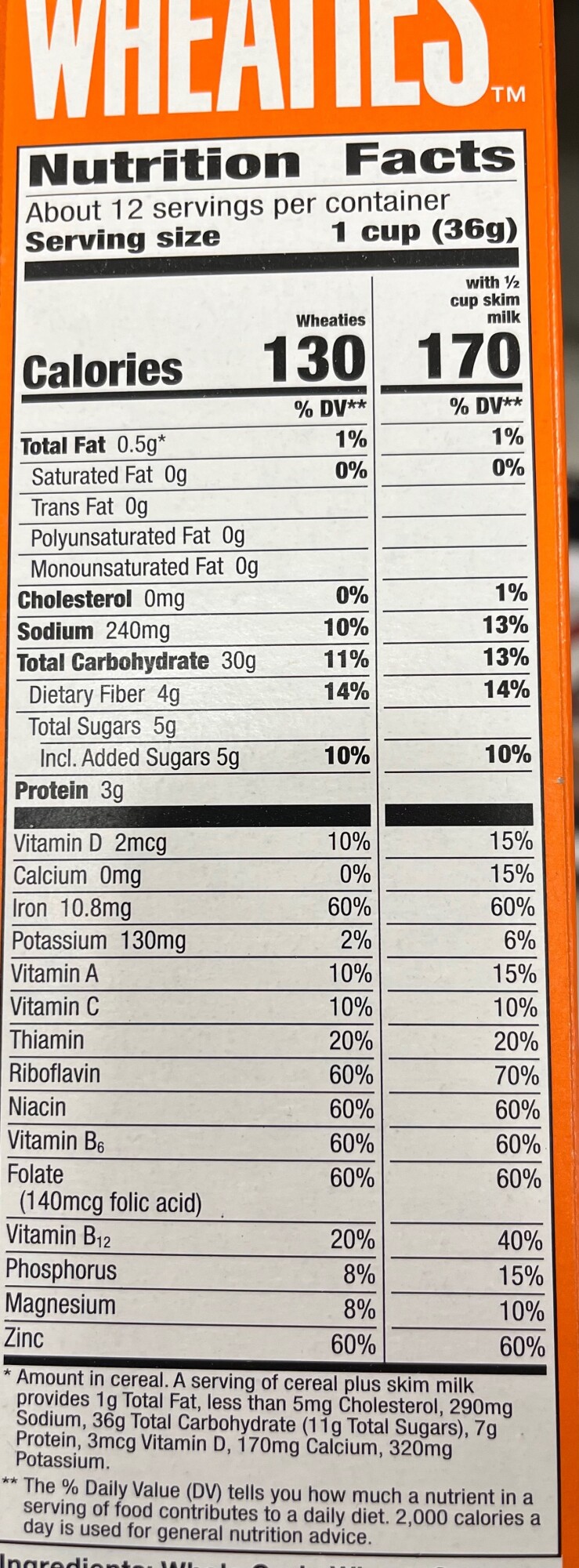

17 Tips to Avoid Distractions When Working from Home
https://maurathomas.com/productivity/distractions-work-from-home/
For many knowledge workers, the new normal of working from home still doesn’t feel normal at all. Maybe you’re heading back to the office, or maybe you’re hoping to continue working from home indefinitely.
Regardless of where you’re working, I’ve got some road-tested tips to help you avoid distractions. Most of these are modified versions of tips I provide for managing distractions in the office. They are useful while working from home, also, because really being productive isn’t so much about where you work, it’s more about how you work.
How to Avoid Distractions When Working From Home
The following strategies come from decades of my work helping leaders increase their productivity. Many of these leaders worked from home either full-time or part-time before the current crisis.
These tips for productivity fall into a variety of categories ranging from where to work at home and how to organize your workspace, how to limit distractions from other people and electronics, and finally, how to set firm boundaries between your work and personal life.
1. Work in a Room with a Door
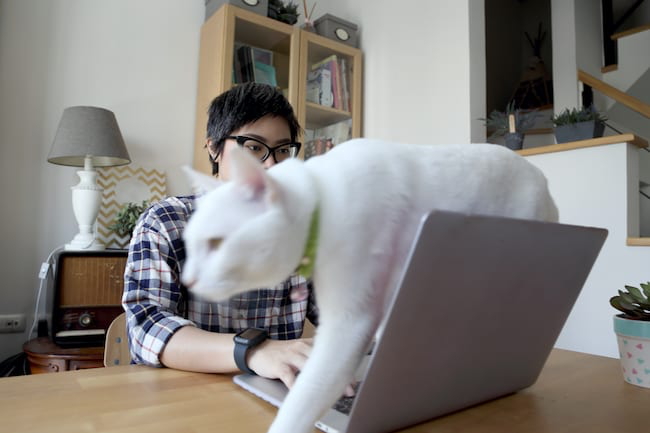
Maybe your spouse already took the home office. Or maybe your kids are sprawled across the den with their studies or crafting projects. Pets can sometimes demand our attention, too!
So where is the best available place for you to work from home successfully? It of course depends on your home. If there are other people or animals in your home, it’s best to work in a room with a door. When you open and close a door, you can signal to others when you’re available. You can also let housemates know when you can’t be interrupted because you’re busy doing deep, focused work.
2. Don’t Work in a Central Location

3. Avoid Working from Your Bedroom

4. Don’t Use Your Brain as a Storage System
5. Add Items to Process to Your Task List

6. Spend Two Minutes to Find a Home for a Piece of Nostalgia
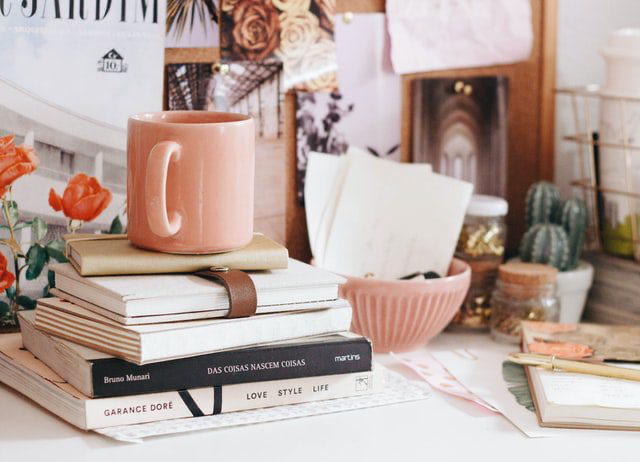
7. Implement a Workflow Management System

8. Use Signs and Symbols to Show When You’re Available

9. Use a Whiteboard to Communicate with Teens and Tweens
10. Tag-Team Care for Young Children When Possible
11. Asked to Be Judged on Your Outcomes
12. Put Electronics Out of Sight for 60-75 Minutes Stretches
13. Turn Off Push Notifications

14. Process Email in Offline Mode
15. Remove Your Second Monitor
16. When Work Is Done Put a Blanket Over Your Tools
17. Set Clear After-Hours Expectations for Work Email


In this month's "Blog" post I am going to share some information I did not know well! How to "Pee " better. Wierd topic huh!
This all started with a Facebook (FB) message from one of my FB friends who has an acquaintance with kidney issues and wanted to know more about what Young Living had to offer? This person had developed gout from decreased kidney function.
Since the kidney function was the source of gout, I started to research the kidney subject by referring to Jen O'Sullivans "Young Living Supplements Desk Reference.
I think it may be safe to assume we all know that kidneys are a key gland in your body and we have two of them!
The kidney's job is to filter your blood to remove wastes and control the body's fluid balance. What I did not know is that "all" of your blood passes through your kidneys about 40 times a day! That is why you have to "pee" so often!
When the blood comes into the kidneys, waste gets removed, and salt, water, and minerals are adjusted as needed. The filtered blood goes back into the body. The "waste" gets turned into urine that travels to your bladder......then you "pee" out the waste.
So if you have decreased kidney function your blood is not being cleaned properly which leads to "pee" problems! Ok, so much for the anatomy lesson. Now on to a solution option!
I did not know that Young Living has a liquid supplement called "K&B". K is for Kidney and B for Bladder....duh! According to Jen O'Sullivan, K&B is a liquid tincture (concentrated herbal extracts) that is a must for renal system support. It supports the renal system to help increase urination and the liver to help support detoxification. It contains natural antioxidants and natural anti-inflammatory properties. It can be taken by adding to distilled water or added directly to veggie capsules.
CAUTION - Personal Note
Sometimes kidneys are no longer able to filter and clean the blood. This can cause unsafe levels of waste product build-up! This is known as kidney (or renal) failure. Unless it is treated, this can cause death.
On a personal note: my Mom passed away from renal failure, so this story is very personal to me!
What are the ingredients in K&B?
Juniper berry extract: supports digestion, intestinal gas, heartburn, bloating, and loss of appetite. Also supports the urinary tract, kidneys, and bladder.
Parsley leaf extract: supports the urinary tract and gastrointestinal tract.
Uva-ursi leaf extract: support the urinary tract and painful urination.
Dandelion root extract: supports digestion. Used to increase urine production and as a laxative to increase bowel movements. Rich in antioxidants and supports liver health.
German Chamomile flower extract: supports digestion and gas.
Royal Jelly: produced by honey bees. source of B vitamin complex and 50+ minerals and vitamins. Supports the cardiovascular, kidneys, lungs, and immune systems.
Essential oils: Geranium, Fennel, Clove, Roman chamomile, Sage, Juniper - supports digestion
What does Young Living Say about K&B?
K&B is formulated to nutritionally support normal kidney and bladder health. It contains extracts of juniper berries which enhance the body's efforts to maintain proper fluid balance; parsley, which supports kidney and bladder function and aids overall urinary health; and uva-ursi, which supports both urinary and digestive system health. K&B is enhanced with therapeutic-grade essential oils.
Directions for Use
Take 3 half droppers (3ml) three times daily in distilled water, or as needed. Shake well before using. K&B comes in a 53 ml bottle with a handy dropper.
Cost
The current retail cost is $41.78 per bottle, but there is a way to save 24% off of retail. If you want to know how to save 24% on "all" orders, send me a message!
Summary
I hope this information is of value to you and I just ordered K&B so it will be a part of my daily YL supplement routine! Happy "Peeing"
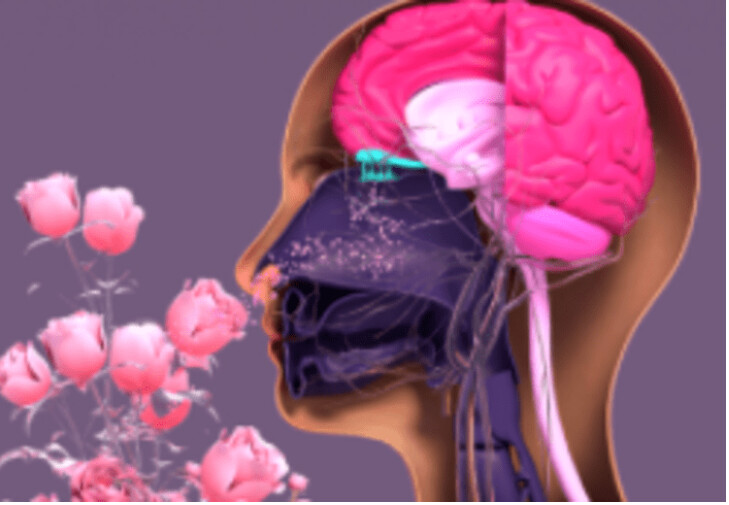
Say what? Don’t you know how to spell?
Ok, so Fragrance itself is technically one word, but I would argue the word is so bad it should be treated as a FOUR LETTER WORD. And here is why!
Fragrance is a nice way of saying “Toxin” and marketers would never say “Toxin” is an ingredient ….so they use other “nice” words like perfume, parfum, aroma on their labels…..but buyer beware.
FDA Definition
Fragrance is defined by the FDA as a combination of Chemicals that gives each perfume or cologne (including those used in other products) its distinct scent.
Fragrance products are exempt from Food and Drug Administration (FDA) testing, which deepens the frustration for users trying to find out what’s actually in their perfumes.
What is in a Fragrance
Fragrance ingredients may be derived from petroleum or natural raw materials. Companies that manufacture perfume or cologne purchase fragrance mixtures from fragrance houses (companies that specialize in developing fragrances) to develop their own proprietary blends.
More than 95 percent of the chemicals in synthetic fragrances are derived from petrochemicals. These chemicals include: benzene derivatives, aldehydes, phthalates, and a slew of other known toxins that are capable of causing cancer, birth defects, nervous-system disorders and allergies--some of which are cited on the EPA's hazardous waste list.
According to the Environmental Working Group (EWG), the average fragrance product tested contained 14 secret chemicals not listed on the label.
Did you catch that? The company does not have to tell you what CHEMICALS they used to make it smell! So, they just use “Fragrance” on the label! I would bet the house that their ingredients are NOT natural!
Deceptive….yes….but legal….according to the FDA!
Fragrance secrecy is legal due to a giant loophole in the Federal Fair Packaging and Labeling Act of 1973 which requires companies to list cosmetics ingredients on the products' labels….BUT EXPLICITLY exempts “fragrance, reports EWG.
In the U.S., manufacturers can legally hide hundreds of synthetic chemicals in the one word--"fragrance"--without revealing what those ingredients are. It's referred to as a "trade secret" in the industry. But really, it's simply a loophole big enough to drive a fuel truck though. This excuse to not label fragrance ingredients was initiated in an era when the major fragrance houses lobbied to protect their secret formulas made from flowers and oils. But those days are long gone. What the government is protecting now are manufacturers who have a license to poison the American public with more than 3,000 chemicals that are being absorbed, inhaled, and ingested daily.
What type of Product is “fragrance used in”?
This amount of products that contain the ingredient ”fragrance” is mind-numbing! This list is not exhaustive, but will give you an idea of just how extensive this toxin can be found in:
- Perfume
- Cologne
- Conditioners
- Shampoos
- Body Wash
- Moisturizers
- Laundry Products
- Household cleaners
- Air fresheners
- Candles
- Sunscreen
- Soaps
- Deodorants
- Dryer Sheets
- Fabric Softeners
- Cosmetics
- Facial Cream
- Skin Toner
- Serums
- Exfoliating scrubs
And what do they all have in common? They touch your body in some fashion and are absorbed in your bloodstream!
Children are exposed to fragrance chemicals primarily through direct skin contact and through the inhalation of some compounds (volatile organic compounds or VOCs) that readily evaporate from the scented product into the air.
What is the potential Health Impact?
- Exposure to fragrance chemicals can cause:
- Headaches
- Eye, nose, and throat irritation
- Nausea
- Forgetfulness
- Loss of coordination
- Respiratory symptoms
- Neurotoxic symptoms
- Many fragrance ingredients are:
- Respiratory Irritants and sensitizers
- Trigger asthma attacks
- Aggravate sinus conditions
- Fragrance chemicals are the number one cause of allergic reactions to cosmetics – not only by the primary users but also to those who breathe in the chemicals as secondhand users.
- Phthalates in fragrances are known to disrupt hormones and are linked in animal studies to malformations of the penis, as well as adverse effects on the developing testes.
So what can you do to protect yourself?
Well, to start with,
- READ THE LABEL on the product! If it contains the word “Fragrance, or Blue #8 then it most likely contains toxins!
2. Secondly, Don’t be fooled by products labeled with “natural fragrance,” because there are no standard criteria for what these words mean. These can be just as unsafe as fragrances not described this way, so skip these products too.
3. If you see the words “fragrance-free” or “unscented”, your Spidey senses should kick into action. You also have to check the ingredient list, because sometimes manufacturers use masking fragrances to cover the chemical smell of their products.
4. USE YOUNG LIVING PRODUCTS! Any Young Living Product does not contain any “fragrances” or “Phthalates”. They are from plants for God’s sake! Young Living products take the smell of the plant, with no synthetics added.
SUMMARY
I hope I have given you enough information and knowledge to make the best choice for you and your family. Education and Knowledge is power and that is why I wrote this blog….so you can see for yourself the dangers of “fragrance”!
Remember the phrase “ Buyer Beware”. Now you are armed!
References used for this blog article:
https://www.forceofnatureclean.com/truth-about-toxic-fragrances/
https://cehn.org/our-work/eco-healthy-child-care/ehcc-faqs/fragrances/
https://www.huffpost.com/entry/five-mustknows-on-the-dan_b_4737654
https://www.healthline.com/health/perfume-poisoning
https://www.fda.gov/cosmetics/cosmetics-labeling/trade-secret-ingredients
